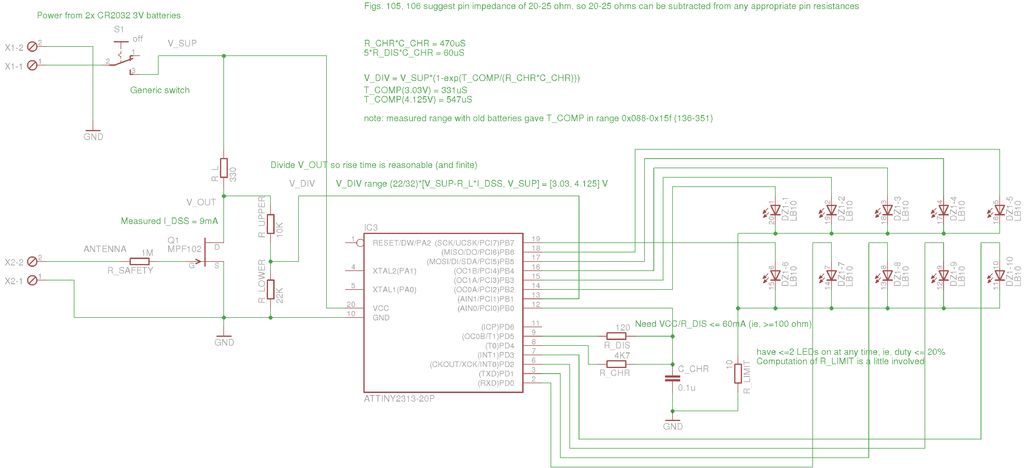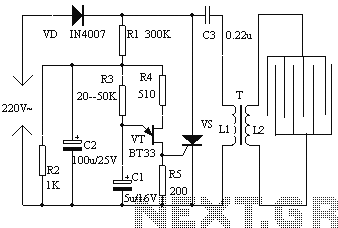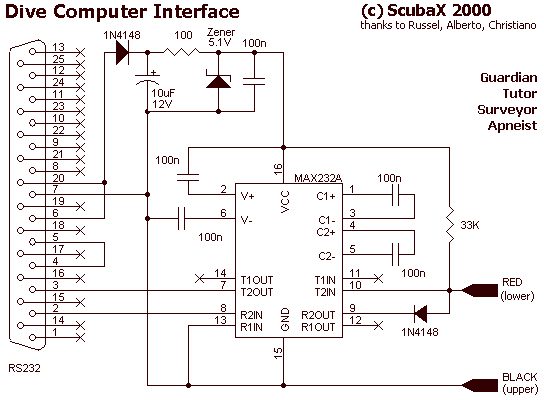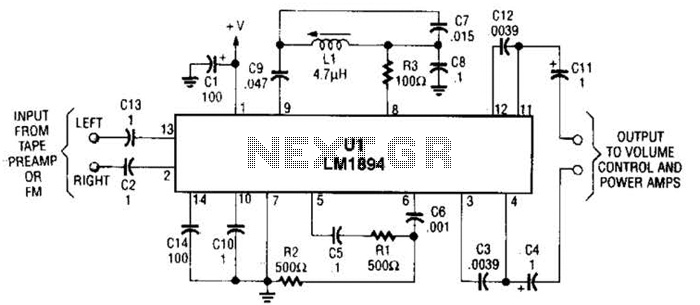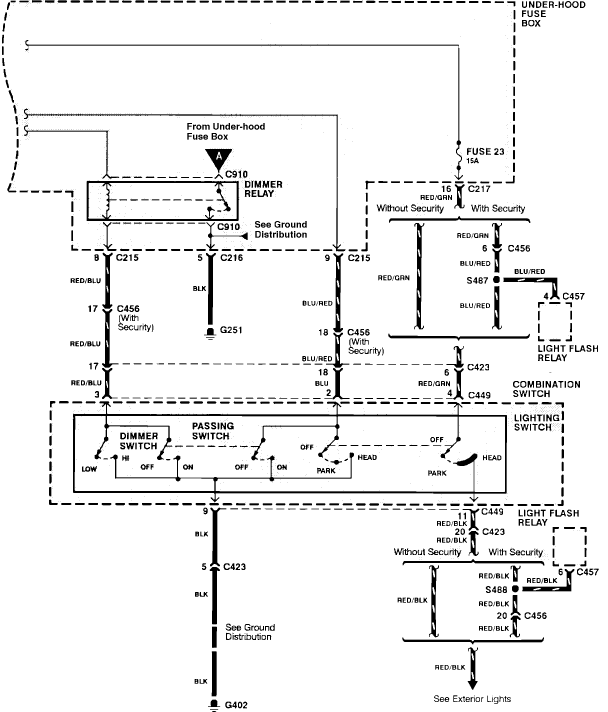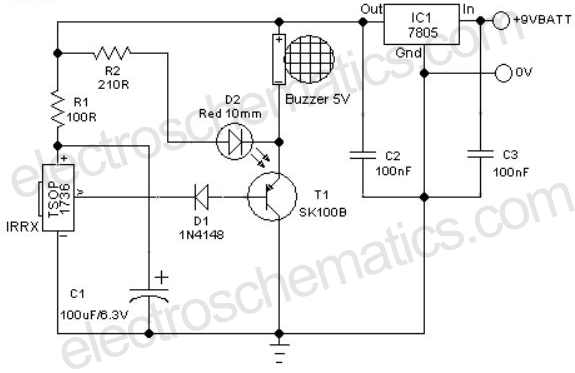
Universal Video Interface Circuit
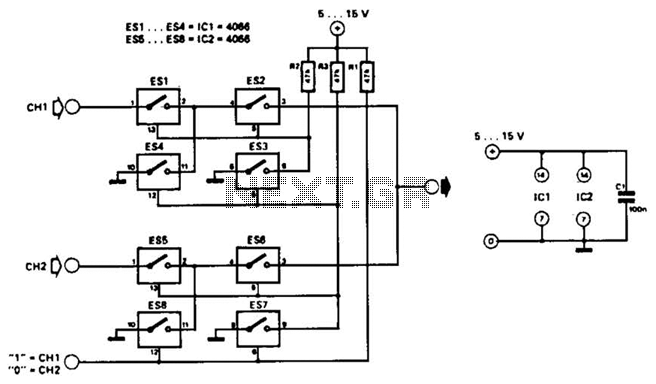
This combination sync stripper and universal video interface can solve various problems, including interfacing Super Nintendo with other devices, video overlay, and locking TV frames for scopes. Kits, fully tested units, and custom cable assemblies are available through Redmond Cable. This unit utilizes an LM1881 (NS) sync separator integrated circuit.
The described device serves as a versatile solution for video signal processing and interfacing. The sync stripper functionality is critical for extracting synchronization signals from composite video sources, which is essential when integrating older gaming consoles, such as the Super Nintendo, with modern display systems. The LM1881 integrated circuit, a well-regarded sync separator, plays a pivotal role in this process by ensuring that the horizontal and vertical sync signals are accurately retrieved from the composite video signal.
In practical applications, this unit can be employed in scenarios where video overlay is required, such as in broadcasting or live streaming, allowing for the seamless integration of graphics or additional content onto the video feed. Furthermore, the capability to lock the TV frame for oscilloscopes ensures that the video signal remains stable and clear during analysis, which is crucial for diagnostics and testing in various electronic applications.
The availability of kits, fully tested units, and custom cable assemblies from Redmond Cable provides users with flexibility in acquiring the necessary components tailored to their specific needs. This enhances the usability of the product, making it suitable for both hobbyists and professionals in the electronics and video production fields. This combination sync stripper and universal video interface can solve a lot of problems for you, including Super-Nintcndo-to-anything interfacing, video overlay and scope TV frame locking. Kits, fully tested units, and custom cable assemblies are available tlirough Redmond Cable. This unit uses an LM1881 (NS) synch separator IC.
The described device serves as a versatile solution for video signal processing and interfacing. The sync stripper functionality is critical for extracting synchronization signals from composite video sources, which is essential when integrating older gaming consoles, such as the Super Nintendo, with modern display systems. The LM1881 integrated circuit, a well-regarded sync separator, plays a pivotal role in this process by ensuring that the horizontal and vertical sync signals are accurately retrieved from the composite video signal.
In practical applications, this unit can be employed in scenarios where video overlay is required, such as in broadcasting or live streaming, allowing for the seamless integration of graphics or additional content onto the video feed. Furthermore, the capability to lock the TV frame for oscilloscopes ensures that the video signal remains stable and clear during analysis, which is crucial for diagnostics and testing in various electronic applications.
The availability of kits, fully tested units, and custom cable assemblies from Redmond Cable provides users with flexibility in acquiring the necessary components tailored to their specific needs. This enhances the usability of the product, making it suitable for both hobbyists and professionals in the electronics and video production fields. This combination sync stripper and universal video interface can solve a lot of problems for you, including Super-Nintcndo-to-anything interfacing, video overlay and scope TV frame locking. Kits, fully tested units, and custom cable assemblies are available tlirough Redmond Cable. This unit uses an LM1881 (NS) synch separator IC.
